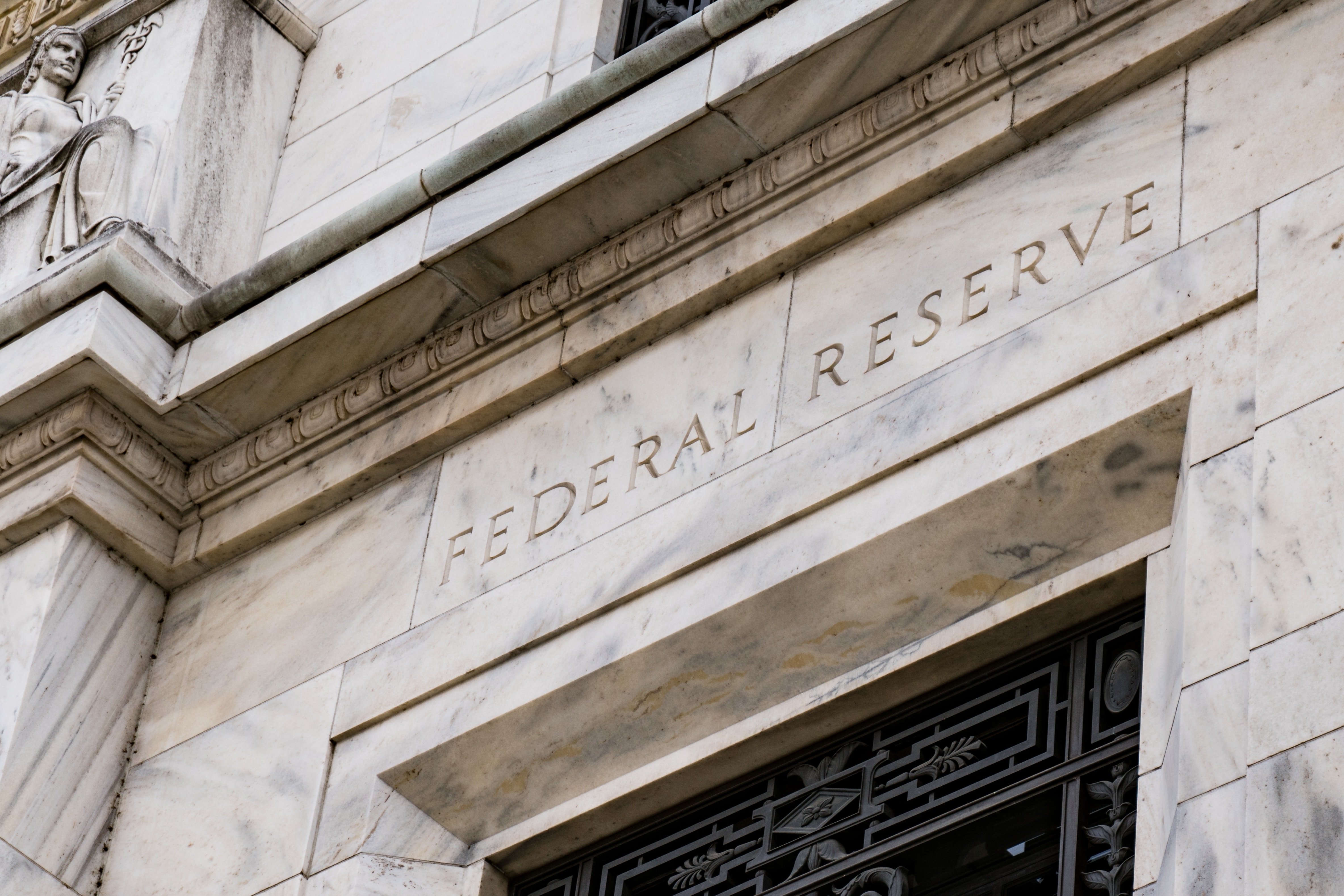The latest US inflation reading should be setting off alarm bells for any investors still bullish on the outlook for markets over the next 12 months.
The phrase “do not fight the Fed” has become a maxim enshrined on Wall Street, however, fighting the Fed is exactly what markets have done so far in 2023.
Since the end of last year, markets have been forecasting for the Fed to stop its hiking cycle in March, with the funds rate at 5%, before cutting by 25 basis points (bps) in December.
This has been directly against signals from Fed chair Jerome Powell and other officials that have sought to continue to provide hawkish statements to the market.
Highlighting this, after the latest Federal Open Market Committee (FOMC) meeting earlier this month, Powell said the Fed “has a long way to go” before bringing inflation back to its 2% target.
“The reality is we are going to react to the data,” Powell said. “If we continue to get strong labour market or higher inflation reports, it may well be the case that we have to do more and raise rates more than is priced in.”
Fighting the US central bank has worked so far this year, however, with bullish investors benefitting from a rally in risk assets. The best-performing European-listed ETF in January, for example, was the VanEck Crypto and Blockchain Innovators UCITS ETF (DAPP) which returned 64%.
However, data released this week shows why investors must be cautious about the outlook over the next 12 months. On Wednesday, it was announced the US Consumer Price Index (CPI) rose 6.4% year-on-year in January, above expectations of 6.2%, while US retail sales jumped 3%.
These two data points ensure the Fed will keep its foot on the gas for the time being as the US economy continues to run hot.
“The inflation number reminds everyone of the difficulties faced, and we are still far too early to declare victory yet,” Marcus Brookes, CIO at Quilter Investors, warned. “For investors, patience and diversification is required as it is unlikely to be a smooth journey.”
The higher-than-expected inflation has already started to impact sentiment with 10-year US Treasury yields spiking to their highest level since 3 January while the chances of a rate cut at the end of the year has all but vanished with Deutsche Bank now forecasting the funds rate will reach 5.6%, up from 5.1% at the beginning of the year.
As Bruce Kasman, chief economist and head of global economic research at JP Morgan, stressed: “Operating in this environment brings a different golden rule to the fore: when uncertain about how activity and inflation will be affected by policy actions, respond cautiously to incoming data.”
Overall, investors must be cognisant of the risks to the downside. Dovish interpretations of Powell’s statements have led to overexuberance that could be derailed as the outlook becomes clearer over the next few months.
Related articles



